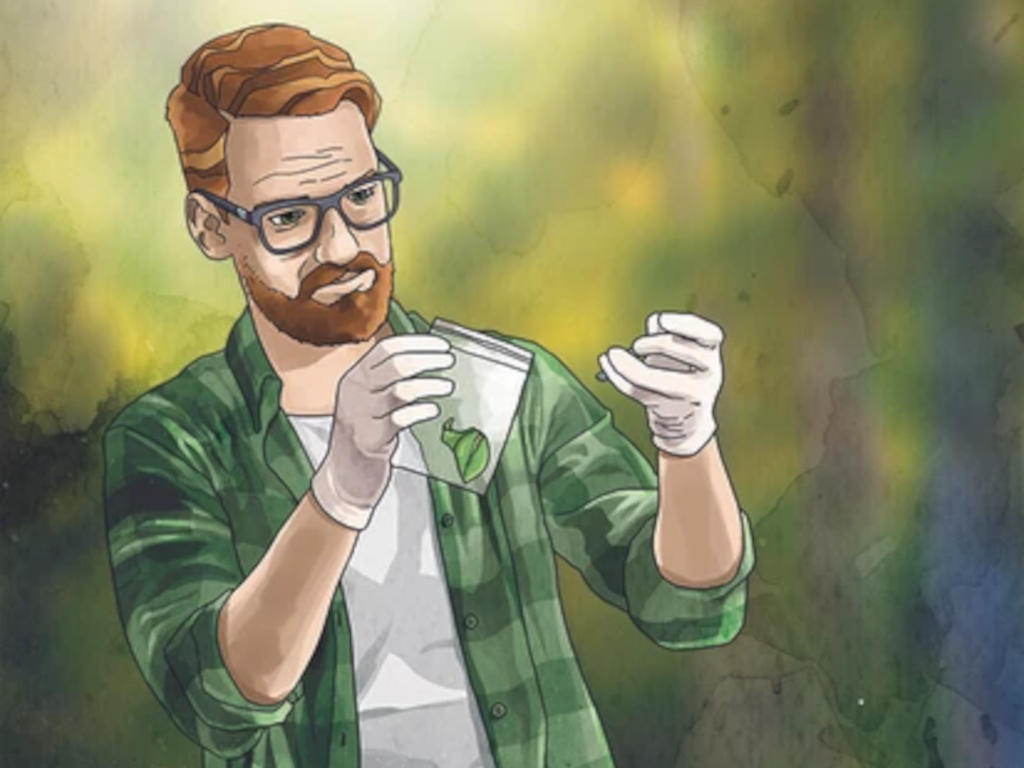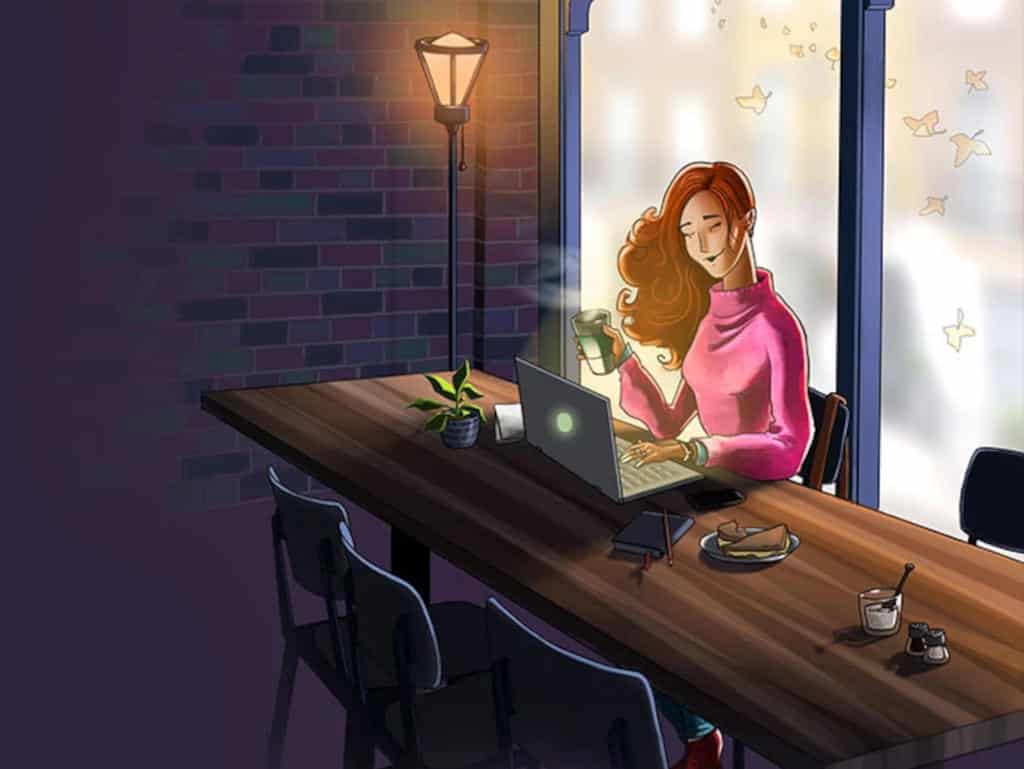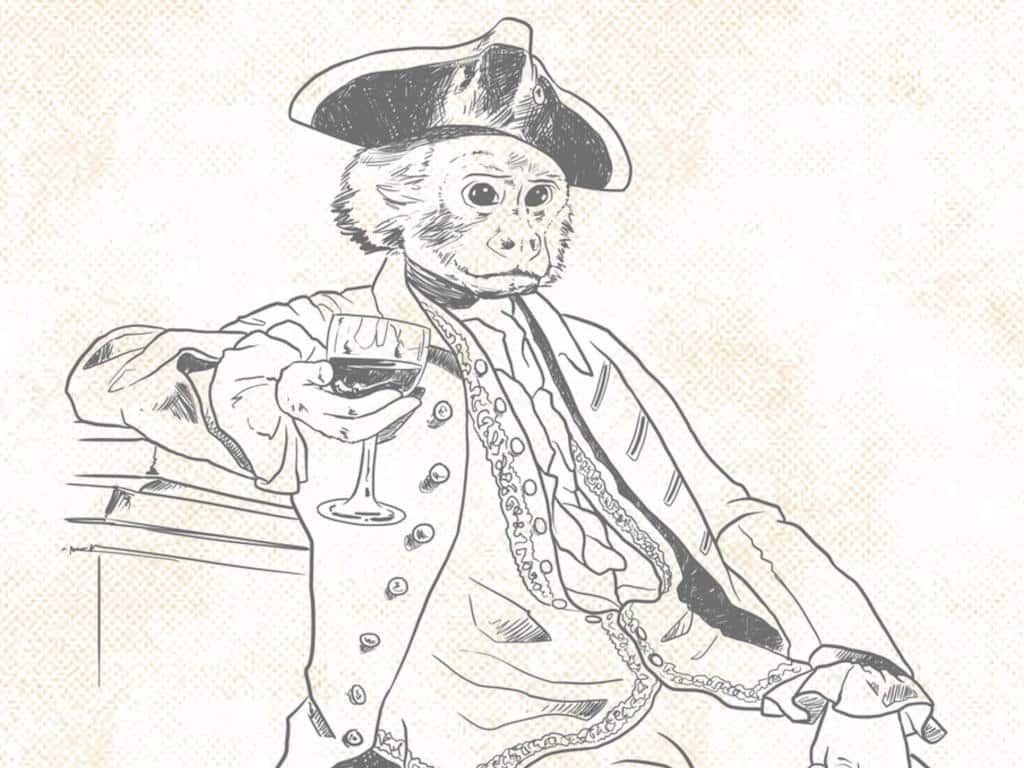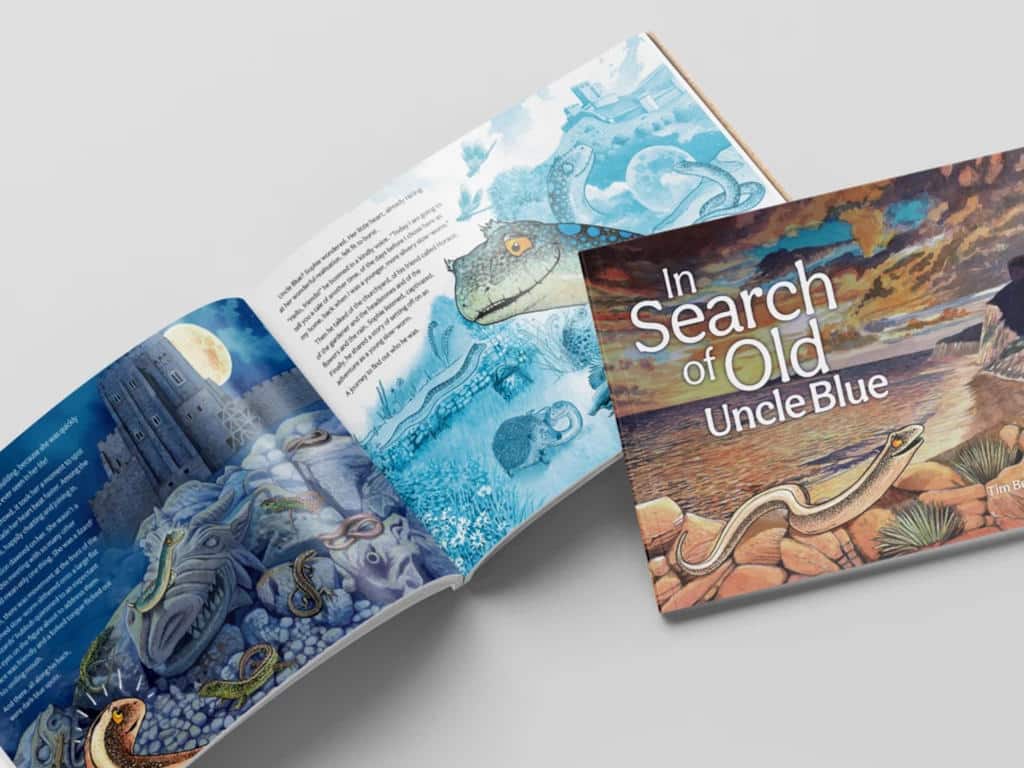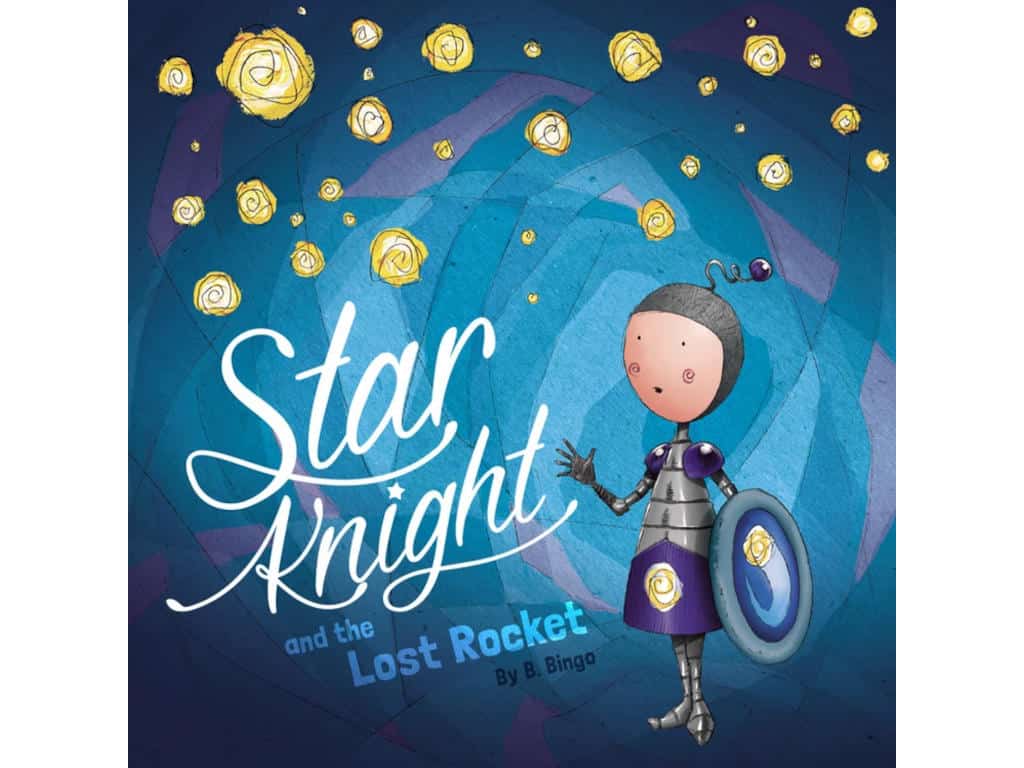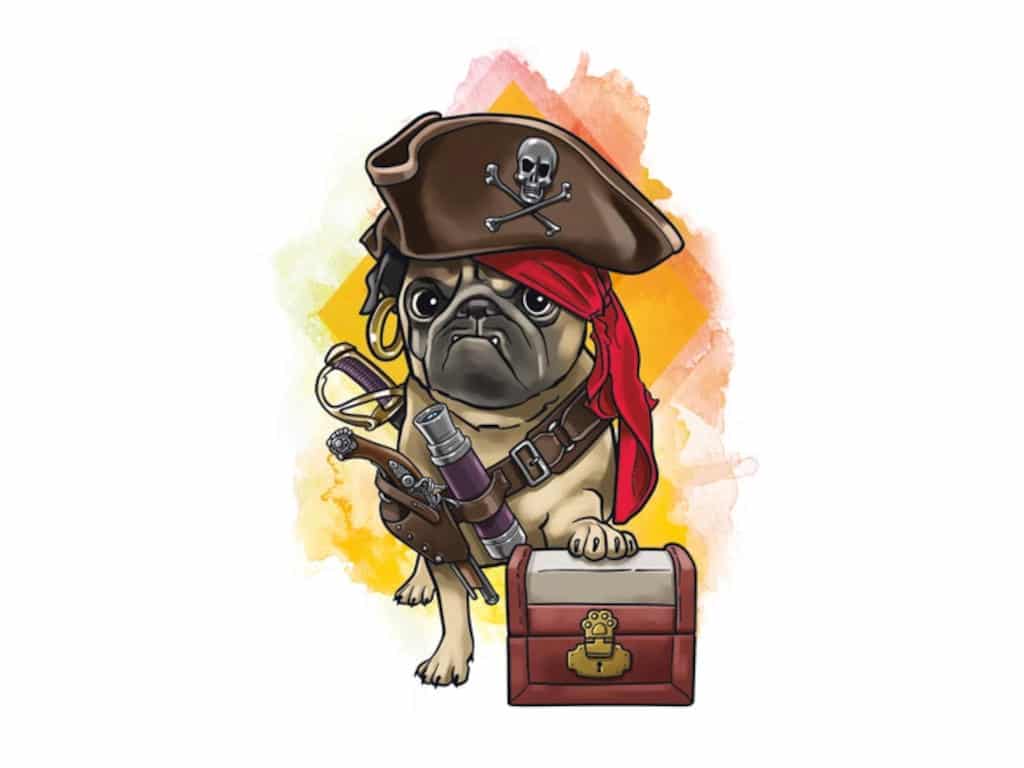
Rob Ingle works for Stop, Drop and Roll Games Studio and has been an artist for a long time. As he says himself, he is straightforward, honest and punctual. He is skilled in illustration, design and all manner of creative work.
Artwork Samples
Audio Transcript
“Hello. Thanks for having me on the podcast, Oliver. My name is Rob. I’m the head design and artwork person at SDR Games. I make all the games that come out of Laurie‘s brain look pretty, which is good.
“I’ve been doing this I’d say since 2019 really. So relatively recently doing games, but I’ve been a designer and illustrator for many, many years, approaching two decades and it’s a good way of making a living. It’s fun, it’s varied.
“I got into it just at the beginning of the pandemic. So probably around the time when everyone’s thinking about doing something a bit different, a bit of a change of direction, reassessing their lives, all that sort of stuff. Our first game was Pugs in Mugs which was a collaboration with a little design agency, Don’t Panic Design. It was designed by their head honcho Stuart and we thought: ‘look, there’s… we’ve got some time.’ I was on furlough at the time which was ruddy marvellous, because it gave me the opportunity to pursue something that otherwise I might have been a bit more cautious about. So we got stuck in virtually, all remotely. We’re talking to each other on Discord and so on and we, yeah, we released that game during the pandemic, which is pretty cool.
“The style I’m best known for really is probably bright sort of cartoon style. Pugs in Mugs was our first game and that was a great opportunity to get really good at drawing tiny little chubby dogs in lots of silly poses and outfits and things and that was very, very bright. Lots of colour, lots of sort of clean line cartoony style.
“That’s probably the work I’m most proud of actually, because it got us started, got SDR sort of rolling and it was just a great experience to produce something meaningful that people have had a bit of joy from during what was a pretty rubbish time.
“When I’m creating the artwork, obviously it has to be relevant to the game that we’re producing, but I like to try and inject some fun and some visual flair and create things that I would like to look at and I would like to hold in my hand if it’s a card or whatever. So I always try and make them colourful and engaging and just good to look at.
“The most important part of making artwork for a board game is ensuring that you’re nailing the theme and trying to make something original whilst doing that. So if you’re making a game about, I don’t know, dystopian future or something, have a look at other games that are out there and try and put your own spin on it, because the worst thing is just looking sort of homogenized, like everyone else. So what we really try and do at SDR is have our own sort of unique style so that, hopefully, even without the box and the logo you’d recognize who’s produced the game. At least that’s the goal in the long run.
“The most challenging part of making artwork for a board game is probably creating a sense of consistency across everything, all the elements that you have to do: tokens, characters, cards, board, all that kind of thing. Bringing all that together, so that it’s a kind of cohesive visual aesthetic which sounds incredibly pretentious but that’s what you’re trying to achieve right. You want people to be immersed in the game, in the theme. It’s not just a set of mechanics. It’s something that you want to pick up and look at. It’s tactile and it’s fun.
“The longest I worked on art for a game was probably again Pugs in Mugs. It was our first game but it was, compared to Earth Rising, it was more labour intensive in terms of illustration. With Earth Rising there was a lot of photography manipulation and sort of graphic design, whereas Pugs in Mugs was 80% illustration and I’m borderline OCD perfectionist, so it, yeah, it took a while. I put it probably… I was at it for, not solid, but I was working on it for over a year, which makes it all the better when we completed it and got it out there. It was very satisfying.
“In my view, more board game artwork should have its own distinct style. There are a lot of games out there that… they have a look and feel about them, which is very Hollywood movie concept art. You know, very slick, but you… once you’ve seen it… you’ve seen it a hundred times. I’m always drawn to slightly quirky or a theme particularly grabs you sort of visually. I suppose I come at it from a graphic design point of view: white space really does it for me. There are a few games out there where there are these almost white boxes with sort of minimal art on them and it just looks really slick and it jumps off the shelf more readily than something with sort of, kind of overworked visuals, but I’m probably just picky.
“The artist I admire the most in the board games industry is Xavier Colette, who did all the art for Mysterium and various others. I just love the Mmysterium box particularly and the whole aesthetic of the game and it makes me a bit jealous, because I can’t do that.
“My favourite colour is purple, that kind of rich imperial purple. I don’t know why anyone would want to know that but that it is.
“What very few people know about me is that I’ve written a couple of children’s books. One was for my daughter and then it proved relatively popular, so I published, self-published a few, raised a bit of money for charity. That’s called Star Night and the Lost Rocket. You can find it on Amazon if you’re so inclined. And I did another one recently for the Amphibian and Reptile Conservation Trust, which was about a slow worm called Sophie. I’m also a bit of a frustrated novelist, frustrated in that I can never finish any of the ideas I have, which doesn’t really help if you’re trying to finish writing something.
“If you want to become a board game artist yourself, you just get out there and start talking to people, get involved with the industry, get on Board Game Geek, go to expos, get a portfolio together, even if it’s not game-related stuff, work that would work in a game. So illustration, design, all that kind of thing. Get on Doodle Meeple, that’s good for finding work and networking with people and, yeah, just get out there and get stuck in or think up your own game and design it and get it on Kickstarter and all that kind of stuff or find yourself a sort of an ideas generator such as Laurie Blake and hook up with him. Well, don’t, because he’s mine, ours, SDR‘s.
“If you want to get in touch with me, you can do that through our website, which is sdrgames.studio.
“Thank you very much for having me. Bye.”
Transcript by Make My Game Travel (https://makemygametravel.


